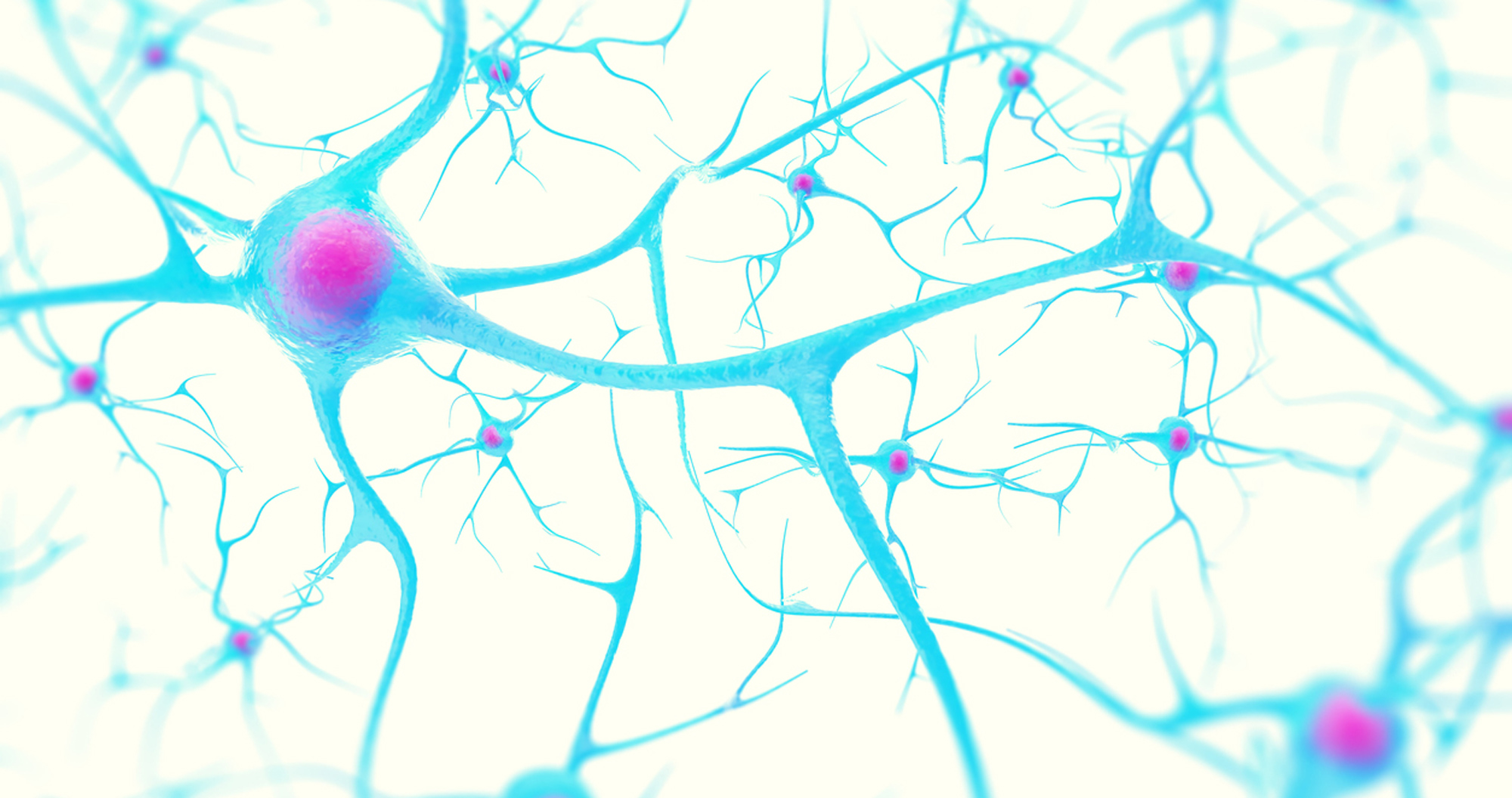
Research from the lab of Elizabeth Rhoades found that glycoproteins influence how neurons uptake alpha-synuclein, proteins that are implicated in Parkinson’s disease.
Thursday, October 31, 2019
By Erica K. Brockmeier
Parkinson’s disease, a neurodegenerative disorder that affects more than 6 million people worldwide, is caused by the buildup of alpha-synuclein proteins in the brain. Because of alpha-synuclein’s role in neurodegeneration, researchers are actively studying this protein to understand the mechanisms of the disease and to look for new treatment strategies.
A new study from Elizabeth Rhoades, Associate Professor of Chemistry, and Melissa Birol, a postdoctoral research associate, found that when alpha-synuclein binds to extracellular glycoproteins, proteins with added sugar molecules, it can be taken up by neurons more easily. The paper also identified a specific presynaptic protein as a key regulator in this process and a potential therapeutic target. Their findings were published in the journal PLOS Biology.
In one model for the pathology of Parkinson’s disease, bundles of alpha-synuclein proteins, known as aggregates, form inside a neuron. This leads to cell death and the release of alpha-synuclein protein clusters that are taken up by other neurons. Since neurodegenerative diseases have typical progression patterns, knowing how alpha-synuclein moves between neurons helps researchers understand disease propagation.
Birol was able to enzymatically remove specific glycans on neurons to see how their presence or absence would change alpha-synuclein uptake. The study found that when glycans were removed, the amount of alpha-synuclein clusters taken up was greatly reduced.
By also studying giant plasma membrane vesicles, synthetic membranes derived from proteins and lipids from real cells, researchers were able to study the physical interactions between alpha-synuclein and glycans. “There’s a structural basis for the alpha-synuclein binding to the glycan, and when the glycans are removed, it changes the nature of the interaction of alpha-synuclein with the cell membrane,” explains Rhoades.
This study focused on the acetylated form of alpha-synuclein proteins, which are present in both healthy and diseased neurons. They found that the acetylated form was more effective at forming clusters of proteins inside neurons. “No one’s really stressed the importance of these acetylated versions,” Birol says. “Generally, we need to take a step back in trying to understand how this protein may be propagating between cells, and I think glycans could be an aspect.”
Rhoades and Birol say that the most unexpected finding was the discovery of neurexin 1β as a potential partner in how alpha-synuclein is taken up by neurons. They hope that future research on this presynaptic protein could provide insights into new treatment strategies for Parkinson’s and other neurodegenerative diseases.
Future work will focus on obtaining high-resolution structures of alpha-synuclein proteins bound to glycans. They also hope that this study will inspire future research on alpha-synuclein acetylation and the role of glycans in the progression of the disease.
“Some cells spontaneously internalize these [alpha-synuclein] proteins and some do not. It has generally been assumed that there are alpha-synuclein-specific receptors on the cells that do internalize aggregates. That may or may not be true, but [our study] suggests that it’s not just the protein receptors but the glycans that are also important,” says Rhoades.